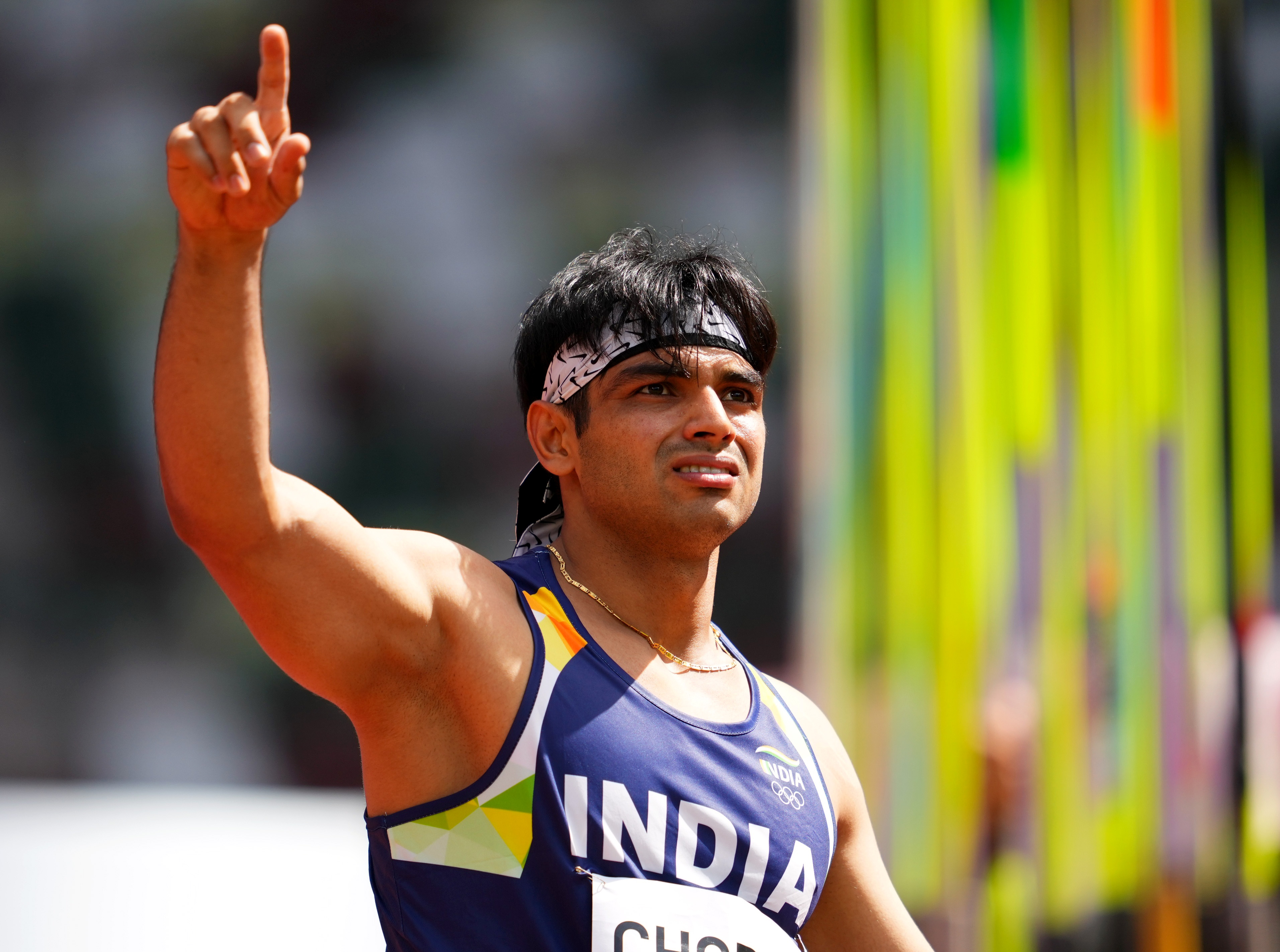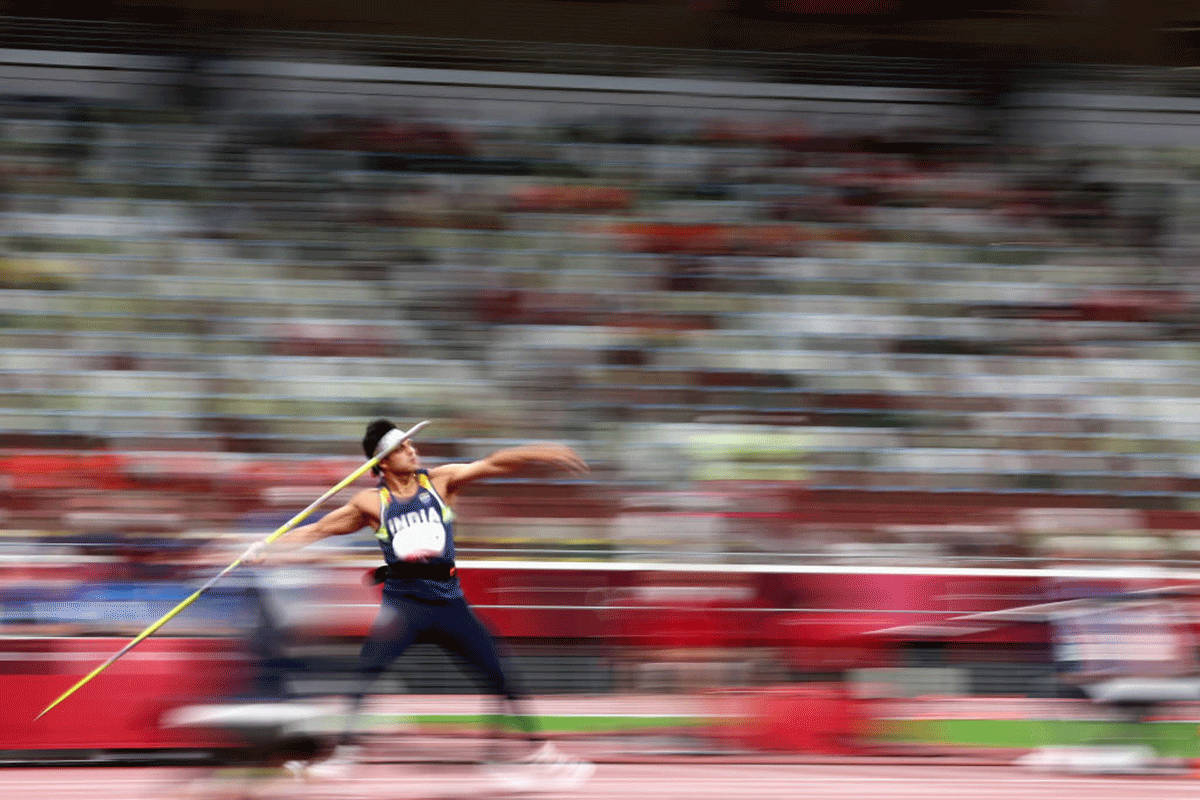The Javelin Throw

The javelin throw is a track and field event that involves throwing a spear-like projectile, known as a javelin, for maximum distance. It has a rich history dating back to ancient times, and its evolution over the centuries has been marked by significant advancements in technique, design, and materials.
Ancient Origins and Evolution
The javelin throw has roots in ancient civilizations, where it was practiced for both hunting and warfare. Evidence suggests that the ancient Egyptians, Greeks, and Romans engaged in javelin throwing competitions. The javelin was initially a simple weapon, typically made of wood with a sharp point.
- The javelin’s design and materials have undergone substantial changes throughout history. In the early 20th century, javelins were made of wood with a metal tip. However, the introduction of metal javelins in the 1930s significantly improved performance, as they were stronger and more aerodynamic.
- The development of fiberglass javelins in the 1950s revolutionized the sport. These javelins were lighter and more flexible, allowing athletes to achieve greater distances.
- Further advancements in materials, such as the use of carbon fiber, have led to even lighter and more durable javelins, contributing to the continuous improvement of performance records.
Techniques and Strategies
The javelin throw technique has evolved over time, with athletes constantly striving for greater efficiency and distance. The traditional “overhand” technique, where the javelin is thrown over the shoulder, remains the dominant method. However, there have been variations and refinements to the technique, with athletes experimenting with different grip positions, body mechanics, and release points.
- Early javelin throwers relied heavily on brute strength and power. They often used a straight-arm throw, with the javelin held in a relatively fixed position throughout the throw.
- Modern javelin throwers utilize a more sophisticated technique that incorporates a combination of speed, power, and precision. They use a running approach to build up momentum and then launch the javelin with a powerful overhand throw, generating significant angular velocity.
- The focus on technique and biomechanics has led to significant improvements in javelin throw performance. Athletes now utilize advanced training methods, including strength and conditioning programs, biomechanical analysis, and wind tunnel testing, to optimize their throwing technique.
Javelin Throw Technique and Biomechanics

The javelin throw is a complex athletic event that demands a combination of strength, speed, and technical proficiency. Athletes must execute a precise sequence of movements to maximize their throw distance. This involves a detailed understanding of the biomechanics involved in each phase of the throw, from the approach to the release.
Approach
The approach phase is crucial for generating momentum and setting up the throw. Athletes start their run from a designated starting point and gradually accelerate, reaching maximum speed just before the javelin is grasped. The length of the approach run can vary depending on the athlete’s individual style and the length of the javelin.
Javelin Grip and Carry
The javelin is held with a grip that balances control and power. Typically, athletes grip the javelin near the center of gravity, using a combination of their index finger and thumb to secure the javelin. This grip allows for optimal leverage and control during the throw.
Backswing
The backswing is the initial phase of the throw, where the athlete brings the javelin backward, creating potential energy. This movement involves rotating the body and extending the throwing arm, bringing the javelin behind the athlete’s back.
Downswing
The downswing follows the backswing and involves bringing the javelin forward, accelerating it toward the target. This phase requires a powerful hip and core drive, combined with a strong arm extension.
Release, Javelin throw olympics final
The release is the culmination of all the previous phases and is the moment of maximum force application. The athlete must release the javelin at the optimal angle and velocity to maximize distance. The release point is typically at a height of 1.8 to 2.1 meters above the ground.
Biomechanics of the Javelin Throw
The biomechanics of the javelin throw are governed by the principles of momentum, leverage, and force generation.
Momentum
Momentum is a measure of an object’s mass in motion. In the javelin throw, momentum is generated during the approach run and is transferred to the javelin during the release. Athletes strive to maximize their momentum by accelerating their body and the javelin throughout the throw.
Leverage
Leverage is the mechanical advantage gained by using a lever to amplify force. In the javelin throw, the athlete’s body acts as a lever, with the javelin serving as the load. By extending the throwing arm and using the body’s momentum, athletes increase leverage and generate greater force.
Force Generation
Force generation is the key to achieving a long throw. Athletes use their muscles to create force, which is then transferred to the javelin. The primary muscle groups involved in force generation include the legs, core, and throwing arm.
Muscle Groups and Their Roles
Different muscle groups play specific roles in the javelin throw, contributing to power, accuracy, and stability.
Legs
The legs are responsible for generating the initial momentum and propelling the athlete forward during the approach. The quadriceps, hamstrings, and glutes are the primary muscle groups involved in this phase.
Core
The core muscles, including the abdominal muscles, obliques, and back muscles, provide stability and rotational power during the throw. A strong core helps maintain balance and control throughout the movement.
Throwing Arm
The throwing arm muscles, including the deltoids, biceps, triceps, and rotator cuff muscles, are responsible for accelerating the javelin and generating the final throwing force.
Factors Affecting Throw Distance
Several factors can affect the distance of a javelin throw, including:
- Release Angle: The optimal release angle for a javelin throw is typically between 35 and 40 degrees. This angle maximizes the horizontal component of the throw, resulting in greater distance.
- Release Velocity: The velocity at which the javelin is released directly impacts throw distance. Higher release velocities result in longer throws.
- Javelin Type: The weight, size, and aerodynamics of the javelin can affect its flight path and distance. Lighter javelins tend to fly further than heavier ones.
- Wind Conditions: Tailwinds can increase throw distance, while headwinds can reduce it.
- Athlete’s Physical Attributes: Factors like height, weight, and muscle mass can influence an athlete’s ability to generate force and momentum.
Olympic Javelin Throw Final: Javelin Throw Olympics Final

The Olympic javelin throw final is a culmination of years of dedication, hard work, and athletic prowess. It is a high-pressure event where athletes strive for perfection in their technique and execution. The final throws often determine the winner, and every throw carries significant weight.
Performance Factors
The performance of javelin throwers in the Olympic final is influenced by various factors. These factors play a crucial role in determining the outcome of the competition.
- Weather Conditions: Wind speed and direction are crucial factors in javelin throw. A tailwind can significantly increase the distance of the throw, while a headwind can hinder it. Rain can also affect the grip and trajectory of the javelin.
- Pressure: The Olympic final is a high-pressure event, and athletes must manage their nerves and maintain focus. The weight of expectations and the desire to perform well can impact performance.
- Competition Strategy: Javelin throwers often have a competition strategy that involves adjusting their throws based on the performance of their competitors. This can involve taking risks or playing it safe, depending on the situation.
Techniques and Strategies
The top javelin throwers in the Olympic final employ various techniques and strategies to maximize their throw distance. These techniques are honed through years of practice and refinement.
- Run-up: The run-up is a crucial part of the javelin throw, and athletes strive for a smooth and powerful acceleration. The run-up length and speed vary depending on the individual athlete’s strengths and preferences.
- Javelin Grip: The grip on the javelin is critical for control and power. Athletes typically use a grip that allows for maximum leverage and a smooth release.
- Release: The release is the culmination of the throw, and athletes aim for a smooth and powerful release that maximizes the javelin’s trajectory. The angle and speed of the release are critical factors in determining the throw’s distance.
The javelin throw Olympics final is a spectacle of athletic prowess, but its very existence is a testament to the enduring power of ancient traditions. The javelin, a weapon of war and a tool of hunting, has been a fixture in athletic competitions for millennia, its evolution traced in the olympics javelin history.
The modern javelin throw, while seemingly a simple event, carries with it the weight of this legacy, forcing athletes to grapple with the tension between tradition and innovation in their pursuit of victory.
The javelin throw finals at the Olympics are a spectacle of athleticism, but the real drama unfolds in the stands. Fans, fueled by nationalistic fervor, scream themselves hoarse, their chants echoing the hollow promises of their respective governments. It’s a microcosm of the world we live in, where the pursuit of glory often overshadows the genuine struggles of the everyday person.
Meanwhile, the likes of grace nickels dominic fike are creating art that resonates with the true complexities of our time, offering a more nuanced perspective than the simplistic narratives of the Olympic Games. But hey, at least we get to watch a pointy stick fly through the air, right?
